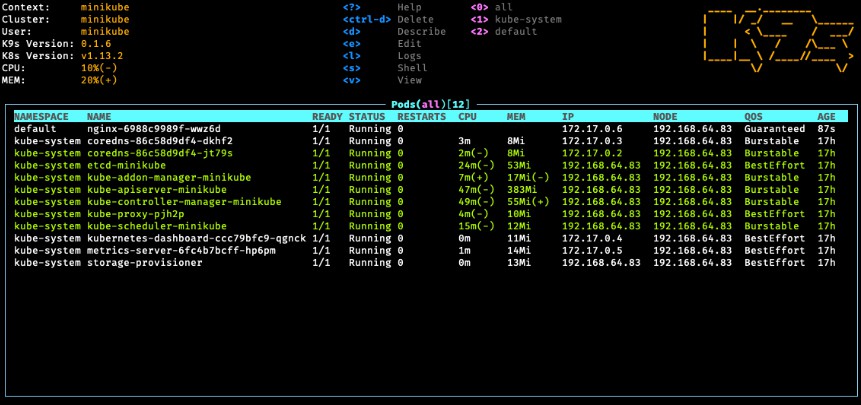
- #Tarball git for mac install
- #Tarball git for mac Patch
- #Tarball git for mac full
- #Tarball git for mac code
- #Tarball git for mac zip
The directory will be created alongside the git cloned directory, and named audacity-minsrc-x.y.z where x.y.z is the version number which is automatically extracted from the Audacity source code. scripts/maketarball.sh quiet to generate a new directory containing all the files that will end up in the tarball. These will determine the name of the source tarball, so if necessary change them to define the tarballs you are trying to create.
#Tarball git for mac Patch
This includes making sure you don't have, for example, local patch files lying around. Make sure that you don't have locally modified files, conflicts or other issues in the local copy before you begin.


#Tarball git for mac install
You will also need gperf to generate frametype.c in libid3tag (this sometimes works without gperf for some reason, but sometimes fails, so install it to be safe) and autogen to build. Probably not a bad idea to install all old versions made available by your distro. I know at least version 1.10 is required. The make distclean can require various different old versions of automake for different packages.
#Tarball git for mac zip

These instructions assume you are using a Unix-like system where files have line endings, and a bourne-compatible shell is available. Luckily for you, the process of creating release tarballs is almost completely automated by the maketarball.sh shell script. This also runs maintainer mode rules in Automake based projects in order to ensure that the shipped files have the correct timestamps on Makefile.in and configure files to stop Automake being run when the tarballs are built on end user's systems (when it often doesn't work). To clear out all compiled files and executables, make clean and make distclean are run through the whole file tree to remove anything previous makes may have run. A purge of symlinks and other library files known to be left behind by the build system is done, as they have caused problems in the past (although the build system should clean them up itself when make distclean is run). At this time, one hidden file (.travis.yml) is included in the tarball. In practice this means that only the few Audacity-supported bits of lib-src go into the Minimal tarball.Īny generated files, editor droppings and Git droppings are removed from the source tree to minimise the size of the tarball, as these files are not needed at any time but left over from previous development work.
#Tarball git for mac full
When we had a Full tarball, the differences between the two tarballs were standard packages which are either optional (most of them) or assumed to be obtained via the system's package manager from their upstream source.
We only release a Minimal Source tarball at the moment. The stuff in between is mostly rationale and explanation. For a walk-through of actually creating a release tarball, skip to Step by Step at the bottom of the page. These different users have slightly different needs, and all of them differ from the needs of the development team, which largely determine the layout of the Audacity Git repository.
#Tarball git for mac code


 0 kommentar(er)
0 kommentar(er)
